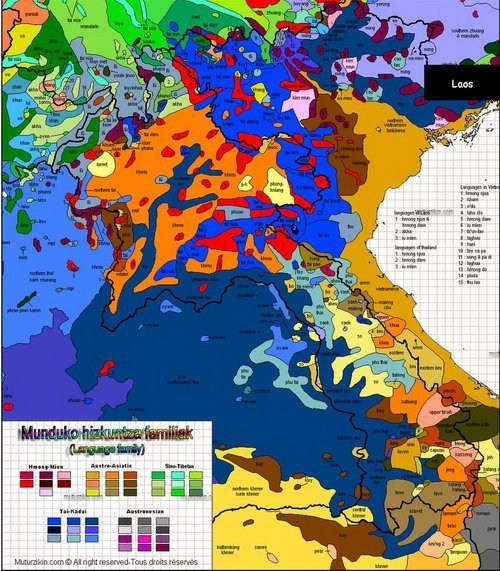Ancient Khmer Families Discovered Living in Southern China
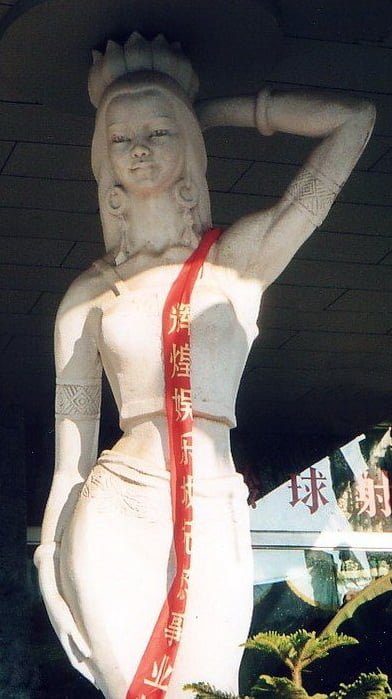
Xishuangbanna, “Twelve Thousand Rice Fields,” is the poetic name of this semi-tropical hidden paradise in the mountains of Southern China. On a recent visit, Cambodian scholars discovered a living connection to their homeland: Khmer families discovered living in Southern China who apparently descended from ancient elephant drivers who never returned to Angkor.
By Kent Davis
Ancient Khmer Families Discovered Living in Southern China
Xishuangbanna, China – Xishuangbanna — known in the Thai-Lao dialects as “Sipsongpanna” (สิบสองพันนา) — is an autonomous prefecture at the southern tip of China’s Yunnan province filled with an exotic diversity of people, plants and animals. There, the colorful culture points to strong connections between these Chinese people and their southern neighbors in Burma, Laos, Thailand, Cambodia and beyond.
Radio Free America (RFA) now reports that a group of researchers from the Royal Academy of Cambodia have found a group of more than 1,000 ethnic Khmers living in the area, evidently descended from 13th century exchanges between the Khmer Empire and the Chinese Emperors of that era. The team, led by H.E. Sum Chhum Bun, Secretary General of the academy, next plans to investigate the southern migrations of ethnic Tais into what is now Thailand.

According to the RFA report, “The Khmer king sent two families of mohouts (elephant drivers) to help care for the (Chinese emperor’s) elephants. Later, the Khmer king learned that the emperor enjoyed Khmer food so he sent two more families to cook for the emperor. Today, local ethnic Khmers here still say that the four families of their ancestors came to China from Cambodia. They also speak some of the ancient Khmer language that they remember”
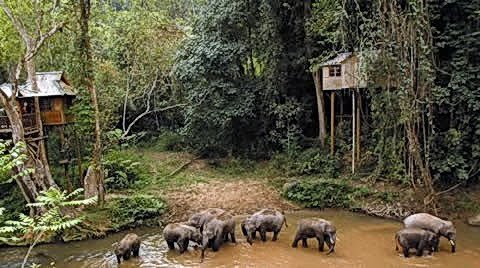
The assimilation is not surprising and has been occurring in the region for thousands of years. Reports as early as the 6th century B.C. indicate that the Tai cultivated rice in lowland areas. During the first millennium A.D., Tai speaking tribes from the mountainous plateau near the Yangtze River had already begun moving southward. Meanwhile, to the south, the Khmer civilization grew in what is now Cambodia. Khmer influence then spread northward, sharing their religion, technology, architecture and system of government.
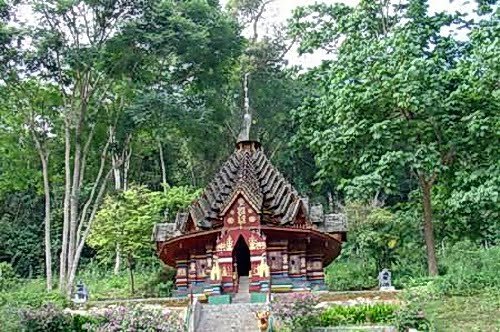
Tai and Khmer groups blended until 1,238 A.D. when the Tai (Thai) people organized a distinct nation based in Sukhothai, previously the northwestern capital of the Angkorean government. This divisive development weakened the Khmer empire north of the Dangrek Mountains however strong ties, often through intermarriage, continued to exist throughout the region.
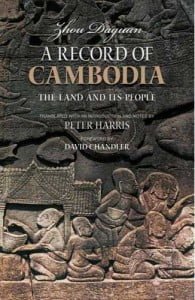
The Lao kingdom of Lan Xang (A Million Elephants) that formed adjacent to Xishuangbanna also has strong connections to the Khmer empire based in Angkor.
Chinese diplomat Zhou Daguan penned his Record of Cambodia in this era, which still remains the only eyewitness account of the Khmer capital at Angkor.
Simultaneously, Marco Polo was making his unforgettable journeys through China. While Marco ventured into the mountainous regions of Southern China he never visited Cambodia like Zhou Daguan.
With the discovery of Khmer people in China, Cambodian researchers are now interested in exploring the connection with modern descendents of both Tai and Khmer people in Xishuangbanna. H.E. Sum Chhum Bun says that the initial research would take between six months and a year to complete and would be compiled into a book and a documentary film.
Similarities to Khmer Culture in China
In researching this story, we found these interesting photos to share.


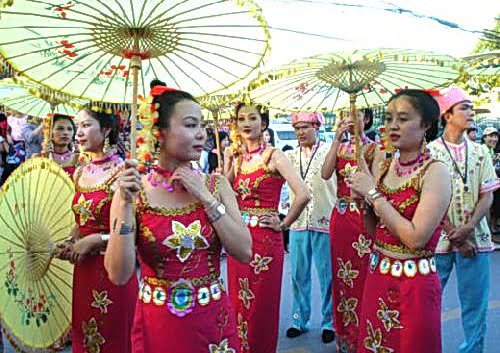


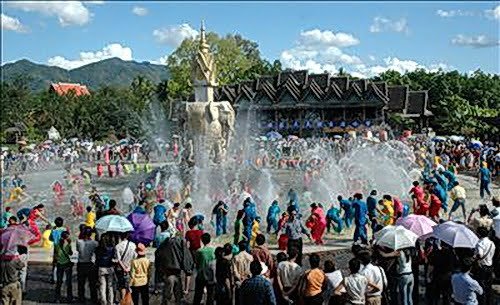
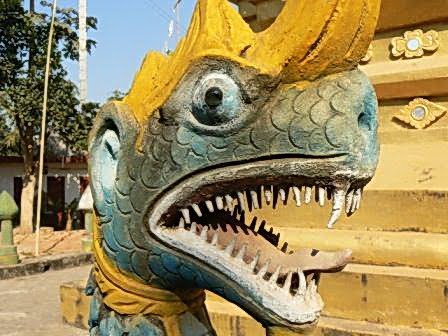
Xishuangbanna Map

Other Sources
Xishuangbanna Official Site, Yunnan Province
Khubilai Khan (忽必烈) (1260-1293)
Emperor Huizong of Yuan (元惠宗), 1320–1370
The Great Yuan Empire (1271-1368)
Linguistic Map of Southeast Asia
